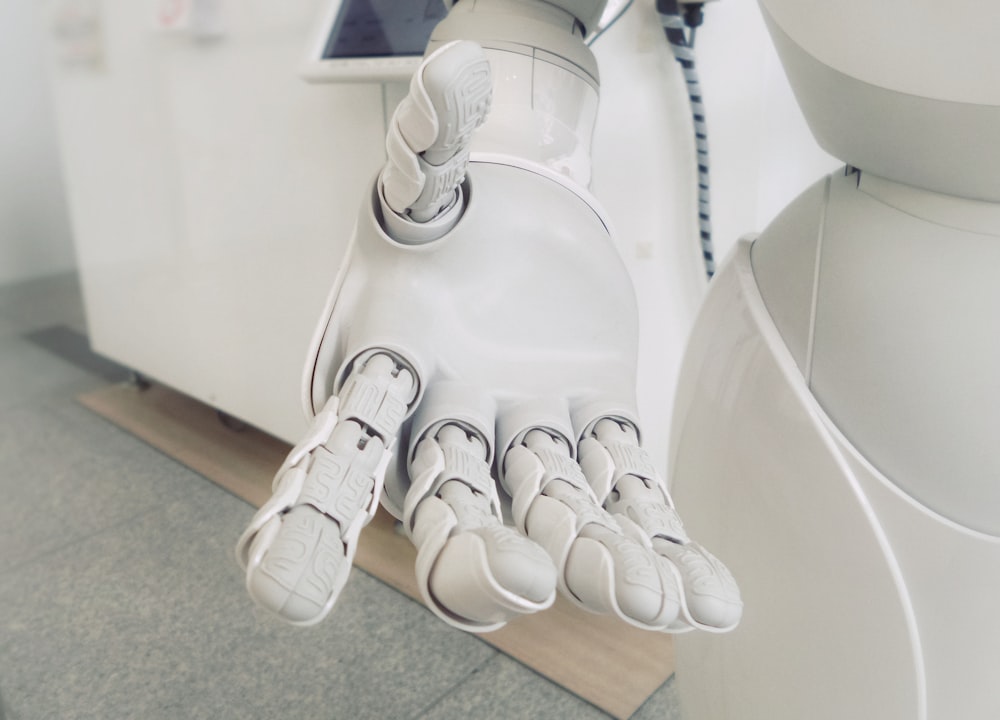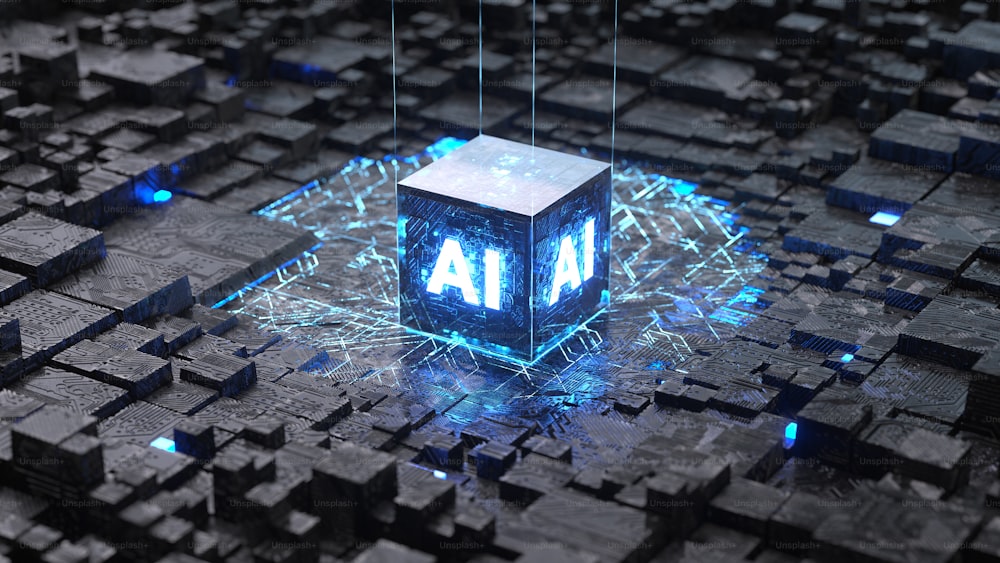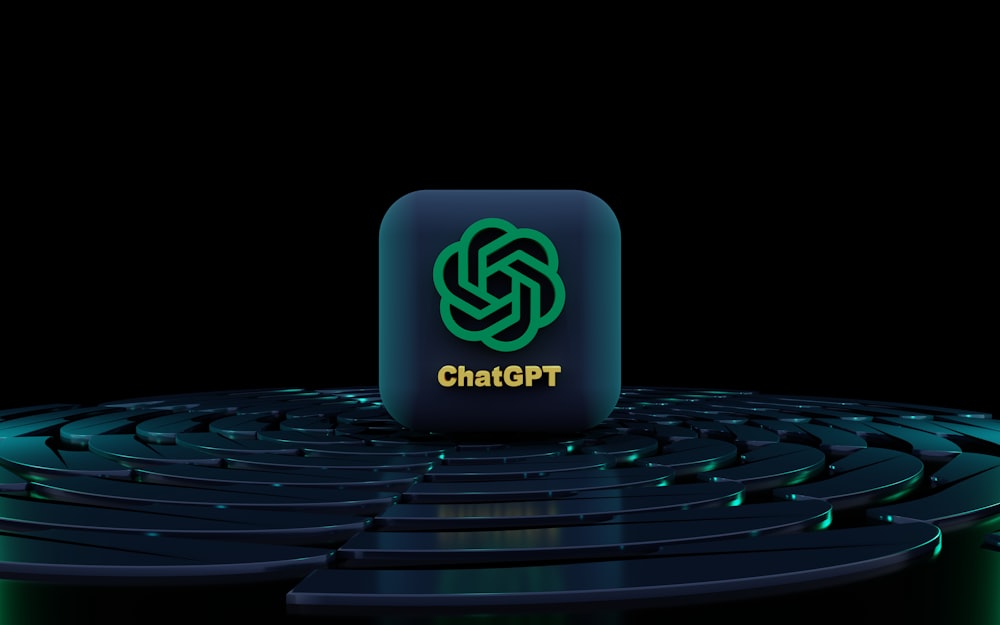When you hear the word artificial intelligence (AI), images made artificially, robots, ChatGPT or other AI chatbots, and self-driving automobiles may come to mind. However, it’s equally critical to look beyond AI’s outputs and comprehend the inner workings of the technology as well as its implications for present and future generations.
The formal definition of artificial intelligence (AI) dates back to the 1950s, when it was described as a machine’s capacity to carry out a task that would have previously needed human intelligence. Decades of research and technical breakthroughs have led to modifications to this broad term.
It seems sense to begin by defining the term “intelligence” before considering awarding intelligence to a machine, such as a computer. This is especially true when attempting to ascertain if an artificial system is truly deserving of it.
Our capacity for intelligence distinguishes humans from other living things and is fundamental to the human condition. According to some experts, intelligence is the capacity to learn new things, adapt, solve issues, plan, and improvise in novel circumstances.
Given that intelligence is occasionally regarded as the basis of the human experience, it should come as no surprise that humans would want to artificially replicate it in scientific pursuits.
Additionally, some characteristics of human intelligence, like as learning, perception, problem-solving, and even a limited range of creativity and social intelligence, may be exhibited by today’s AI systems.
How can I apply artificial intelligence?
There are various varieties of AI that are now widely available in daily life. Two excellent instances of AI are the smart speakers on your mantle that come along with Google or Alexa speech assistants. Popular AI chatbots like Google Bard, ChatGPT, and the recently released Bing Chat are further excellent examples.
You’ll receive answers from machine-learning algorithms whether you ask ChatGPT for a country’s capital or ask Alexa to provide you with the latest weather information.
How does ChatGPT operate, too?
These systems can use their training to adapt and learn new skills for tasks that they weren’t specifically built to perform, even though they still can’t replace human intelligence or social interaction.
An example of an artificial neural network (ANI) is ChatGPT, which is designed to respond to commands by producing text messages.
Furthermore: How might the consumer experience be enhanced by generative AI?
It is still only a theoretical idea to create an intelligent system that is capable of self-improvement through learning. But if used wisely and morally, this system has the potential to produce amazing advancements in science, medicine, and other fields.
In general, the creation and introduction of GPT 3.5 and GPT 4 represent the most noteworthy developments in AI. However, there have been a great deal more ground-breaking developments in artificial intelligence; in fact, there are far too many to list here.







